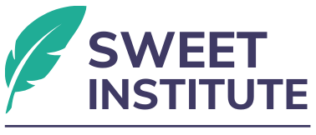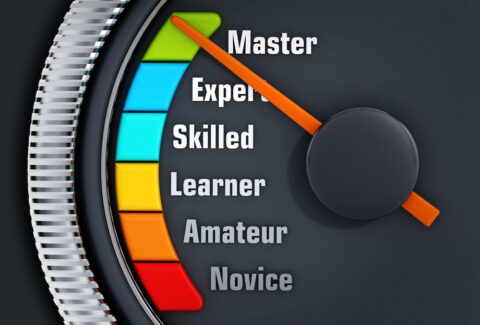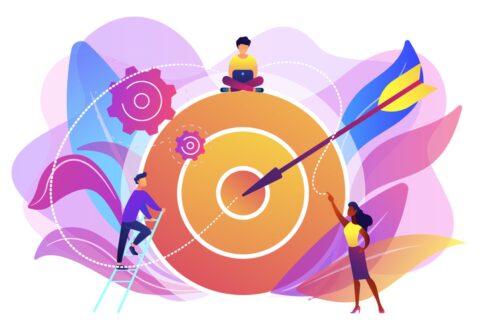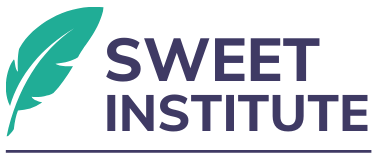Autonomy and Behavior Change: Empowering Individuals for Lasting Transformation
Autonomy is a fundamental aspect of human psychology and plays a crucial role in behavior change.[1] It refers to the ability of individuals to make choices and have control over their actions, leading to a sense of ownership and responsibility for their decisions. Understanding the significance of autonomy in the behavior change process can empower individuals to achieve and maintain lasting transformations in their lives.
The Importance of Autonomy in Behavior Change
- Definition of Autonomy[2]
- Autonomy involves the capacity to act in accordance with one’s values and interests rather than external pressures or demands.
- It is often associated with self-determination and personal agency.
- Intrinsic Motivation[3]
- Relationship to Autonomy: Autonomy is a key component of intrinsic motivation, where individuals engage in activities for their inherent satisfaction. When people feel that they have the freedom to choose, they are more likely to be intrinsically motivated to pursue behavior change.
- Impact on Behavior Change: For example, an individual who chooses to exercise because they enjoy it will be more committed to their fitness routine than someone who feels compelled to do so for external reasons, such as social pressure.[4]
- Self-Regulation
- Definition: Self-regulation refers to the ability to manage one’s thoughts, emotions, and behaviors to achieve personal goals.[5]
- Relation to Autonomy: Autonomy fosters self-regulation, as individuals who feel in control of their choices are better equipped to monitor and adjust their behaviors. This self-regulatory capacity is crucial for successfully changing habits.
Scientific Insights
- Self-Determination Theory (SDT)
- Overview: SDT posits that autonomy, along with competence and relatedness, is one of the three basic psychological needs essential for fostering intrinsic motivation and well-being.[6]
- Relation to Behavior Change: Research indicates that when individuals perceive their actions as self-directed, they are more likely to experience sustained motivation and commitment to behavior change.
- Behavioral Economics
- Concept Overview: Behavioral economics explores how psychological factors influence decision-making.[7]
- Relation to Autonomy: Studies show that individuals are more likely to engage in positive behavior change when they feel that their choices are respected and valued. This suggests that creating an environment that supports autonomy can enhance engagement in health-promoting behaviors.
- Neuroscience of Decision-Making
- Scientific Insight: Research in neuroscience has shown that feelings of autonomy are linked to brain regions associated with reward and motivation.
- Impact on Behavior Change: When individuals perceive themselves as autonomous in their decision-making, they are more likely to experience positive emotions and rewards associated with their choices, reinforcing the behavior change process.[8]
Strategies to Enhance Autonomy in Behavior Change
- Encourage Choice: Providing individuals with options in decision-making empowers them to take ownership of their behaviors. For example, offering multiple exercise programs allows individuals to select one that aligns with their interests.
- Foster a Supportive Environment: Creating an environment that respects individual choices and encourages self-direction enhances autonomy. This can include supportive feedback, understanding, and recognition of individual preferences.
- Set Personal Goals: Encouraging individuals to set their own goals, rather than imposing externally defined objectives, promotes a sense of autonomy. Personal goals are more meaningful and can lead to greater motivation and commitment.
- Facilitate Self-Reflection: Providing opportunities for individuals to reflect on their values, interests, and motivations fosters self-awareness. This reflection helps individuals align their behavior changes with their sense of self, enhancing their sense of autonomy.
Thought-Provoking Questions
- What areas of your life do you feel most autonomous? How can you apply that sense of autonomy to areas where you wish to make changes?
- Reflect on a time when you made a significant change in your life. How did your sense of autonomy influence that decision?
- What choices can you give yourself to increase your sense of control over your behavior change journey?
- How can you create an environment that supports your autonomy and encourages you to pursue your goals?
Conclusion
Autonomy is a vital component of successful behavior change. By fostering a sense of control and ownership over their choices, individuals can enhance their intrinsic motivation, self-regulation, and overall commitment to positive change. Emphasizing autonomy not only empowers individuals to take charge of their lives but also leads to more sustainable and fulfilling transformations. By integrating autonomy-supportive strategies into the behavior change process, individuals can create a pathway to lasting personal growth and well-being.
[1] Dworkin, Gerald. “The concept of autonomy.” Grazer philosophische studien 12 (1981): 203.
[2] Aldrich, John. “Autonomy.” Oxford Economic Papers 41.1 (1989): 15-34.
[3] Fishbach, Ayelet, and Kaitlin Woolley. “The structure of intrinsic motivation.” Annual Review of Organizational Psychology and Organizational Behavior 9.1 (2022): 339-363.
[4] Oman, Roy, and Edward McAuley. “Intrinsic motivation and exercise behavior.” Journal of Health Education 24.4 (1993): 232-238.
[5] Rothman, Alexander J., et al. “Self-regulation and behavior change: Disentangling behavioral initiation and behavioral maintenance.” (2011).
[6] Deci, Edward L., and Richard M. Ryan. “Self-determination theory.” Handbook of theories of social psychology 1.20 (2012): 416-436.
[7] Thaler, Richard H. “Behavioral economics: Past, present, and future.” American economic review 106.7 (2016): 1577-1600.
[8] Vartanian, Oshin, and David R. Mandel, eds. Neuroscience of decision making. Psychology Press, 2011.







